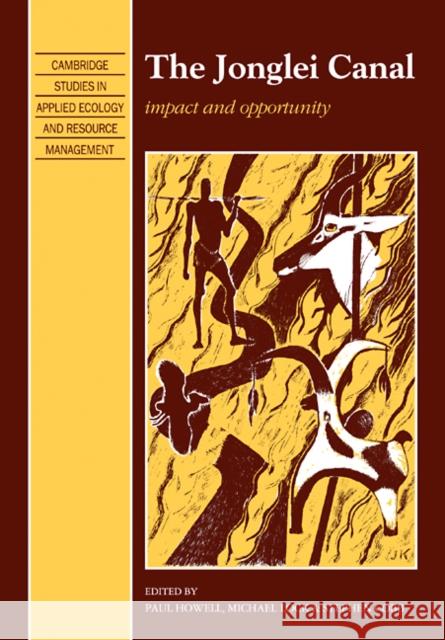The Jonglei Canal: Impact and Opportunity » książka
The Jonglei Canal: Impact and Opportunity
ISBN-13: 9780521105491 / Angielski / Miękka / 2009 / 572 str.
The vast area of swamp and wetlands of the Southern Sudan, the Sudd, absorbs and dissipates by evaporation about half the inflow from the upper catchment of the White Nile. Ways and means of reducing these losses by canalisation have been under engineering investigation since the beginning of the twentieth century, the objective being to provide additional water for irrigation and hydro-electric power in Egypt and the northern Sudan. Construction of the Jonglei Canal began in 1977; at the end of 1983 it was halted by civil war, 260 kilometre from its outfall and 100 kilometres short of completion. In the area through which it passes it will, if ever completed, have varied local effects; it will reduce the seasonally river-flooded grasslands, which are of crucial importance to the pastoral sector of the local economy and cut the line of seasonal migration of man, livestock and wildlife. Yet it will bring benefits and opportunities as well as adverse effects. Based on scientific studies of the area carried out in the early 1950s and again between 1978 and 1983, the aim of the book is to present a multi-disciplinary survey of the very complex interrelated hydrological, ecological, biological and human problems involved.











